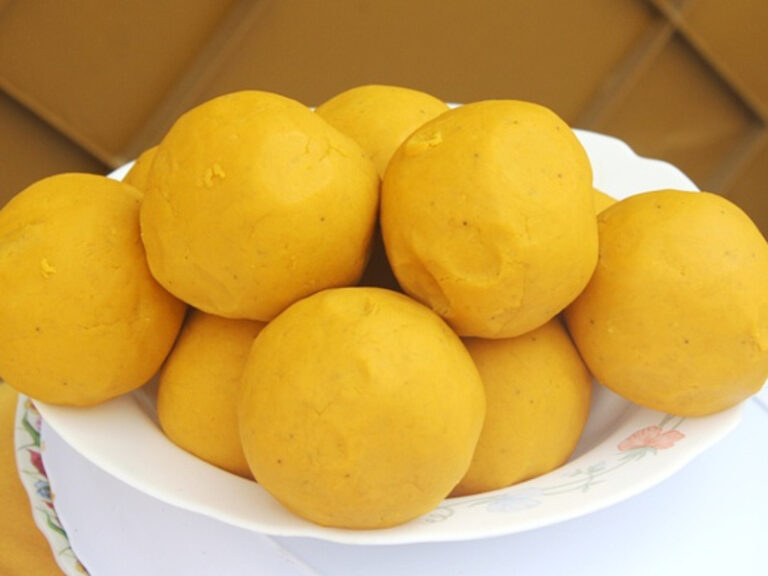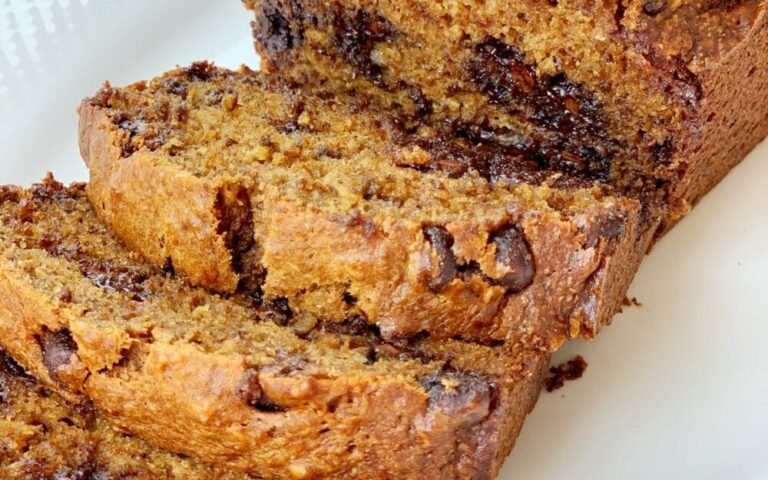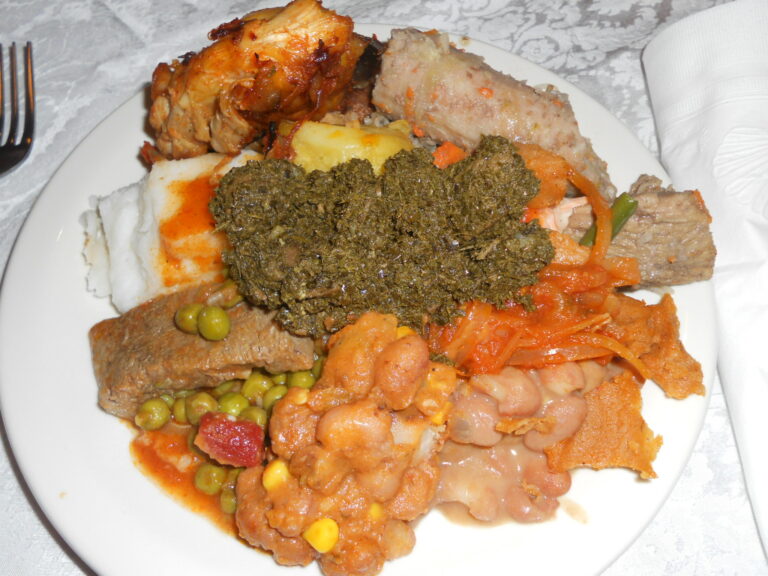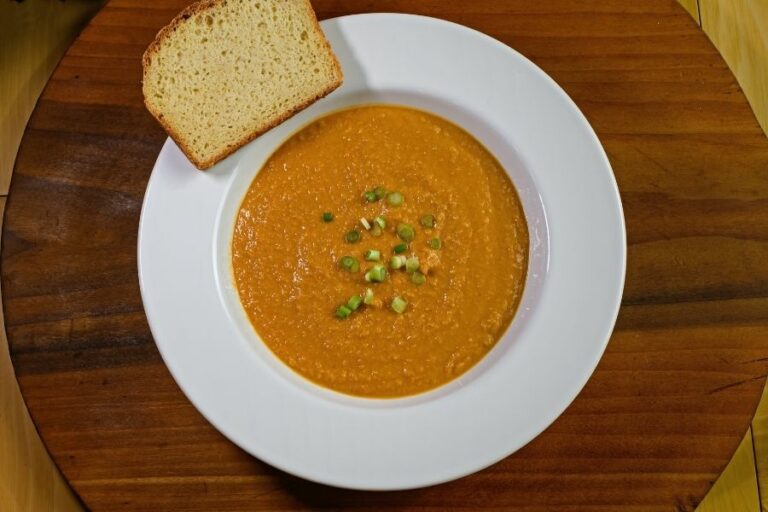Introduction to Malian cuisine
Malian cuisine is a blend of West African and North African culinary traditions. It is characterized by the use of cereals, vegetables, and meats that are indigenous to the region. Malian cuisine is known for its bold flavors, spicy seasonings, and unique cooking techniques. It is enjoyed by locals and tourists alike, and it has gained popularity around the world.
Regional dishes in Mali
Malian cuisine is diverse and varies across the different regions of the country. Some of the most popular regional dishes in Mali include tô (a staple food made of millet or corn flour), jollof rice (rice cooked in tomato sauce with spices and vegetables), and maafe (a peanut-based stew). These dishes are widely eaten across the country, but there are also some lesser-known regional dishes that are worth trying.
Lesser-known Malian ingredients
One of the lesser-known ingredients in Malian cuisine is fonio, a type of grain that is grown in West Africa. Fonio is similar to couscous and has a nutty flavor. It is used to make porridge, salads, and side dishes. Another lesser-known ingredient is baobab leaves, which are used to make a soup called soumbala. The leaves are dried and ground into a powder, and then mixed with water and other ingredients. The soup has a tangy flavor and is often eaten with tô.
Dishes from the north of Mali
The north of Mali is known for its meat dishes, especially camel. One dish that is unique to the region is called taguella, which is a type of bread that is baked in the sand. It is often eaten with camel meat or goat meat. Another dish from the north is called eghajira, which is a type of stew made with onions, meat, and tomato sauce. It is often served with tô or rice.
Dishes from the south of Mali
In the south of Mali, one popular dish is called soumbala, which is a soup made with baobab leaves, okra, and fish. Another dish is called riz gras, which is a rice dish cooked with vegetables and meat. The dish is seasoned with spices and has a rich, savory flavor.
Conclusion: Discovering new flavors in Malian cuisine
Malian cuisine is rich in flavors and traditions. From the staple foods like tô and jollof rice to the lesser-known ingredients like fonio and baobab leaves, there is always something new to discover. Whether you are in the north or the south of the country, there are regional dishes that are unique and delicious. So, if you are looking to try something new, give Malian cuisine a try and discover the bold flavors of West Africa.








